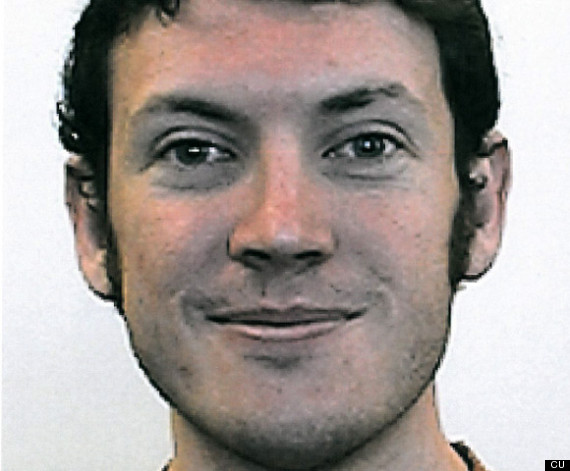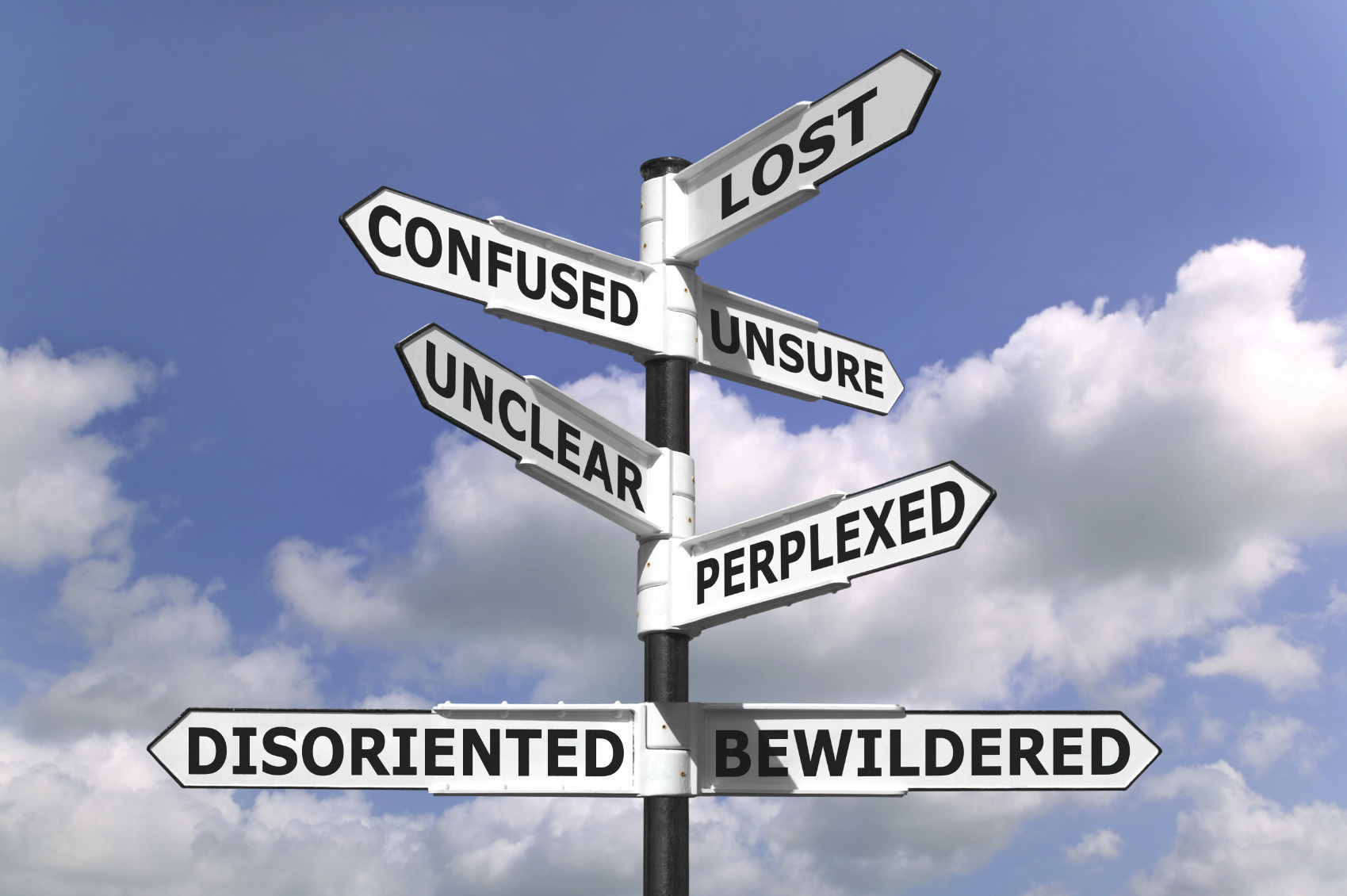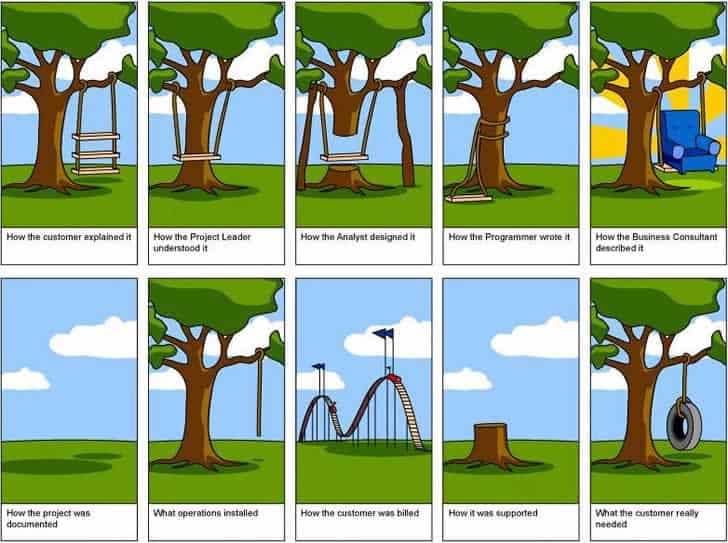Lost in translation an essay on law and neuroscience - Economic articles supply and demand by Aleksandra Åberg - issuu
The rapid expansion in neuroscientific research fuelled by the advent of functional magnetic resonance imaging [fMRI] has been accompanied by popular and scholarly.
Law and neuroscience
How the law is at odds with psychology, jurors, and itself. The ethics of neuroscience and the neuroscience of ethics: Science and Engineering Ethics, 18 this issue.

Google Scholar Fruehwald, E. Law and human behavior: A study in behavioral biology, neuroscience, and the law.

Google Scholar Gilles Phillips, J. The insanity of the means rea model: Due process and the abolition of the insanity defense.
Will neuroscience challenge the legal concept of criminal responsibility? | EurekAlert! Science News
Pace Law Review, 28 3— Google Scholar Goodenough, O. Neuroscience basics for lawyers. Mercer Law Review, 62 3— Google Scholar Greely, H.

Neuroscience and criminal justice: Not responsibility but treatment. University of Kansas Law Review, 56 5— Law and the revolution in neuroscience: An early look at the field. Akron Law Review, 42 3— Google Scholar Gundlach-Evans, A.
Pine County Township Officer's Association | Serving Township Officers in Pine County, Minnesota
The paradox of the insanity defense and guilty but mentally ill statute recognizing impairment without affording treatment. South Dakota Law Review, 51 1— Google Scholar Hooper, J. Google Scholar Jones, O. Brain imaging for legal thinkers: A guide for the perplexed. Stanford Technology Law Review, 5. Last accessed 26 July Law and neuroscience in the United States.
A comparative analysis pp.
CiteSeerX — Document Not Found
Using cognitive neuroscience to predict future dangerousness. Columbia Human Rights Law Review, 42 2— Google Scholar Longtain, S. The twilight of competency and mental illness: A conciliatory conception of competency and insanity.

Houston Iceland photo essay Review, 43 5— Google Scholar Martell, D. Neuroscience and the law: Philosophical differences and practical restraints. Behavioral Sciences and the Law, 27 2— National survey of the frequency and success of the insanity plea and alternate pleas.

Journal of Psychiatry Law, 17 2— Google Scholar Miller, A. American Bar Association Journal, 70 3 Google Scholar Moreno, J.

The future of neuroimaged lie detection and the law. Google Scholar Morse, S.

University of Pennsylvania Law Review, 5— Determinism and the death of folk psychology: Two challenges to responsibility from neuroscience. Minnesota Journal of Law, Science and Technology, 9 11— An essay on law and neuroscience.
Current legal issues Vol. Mental disorder and criminal law. Journal of Criminal Law and Criminology, 3— Google Scholar Palermo, G.
MacArthur Foundation Research Network on Law and Neuroscience
Severe personality-disordered defendants and the insanity plea in the United States: A proposal for change. Google Scholar Palmer, C.
The guilty but mentally ill verdict: A review and conceptual analysis of intent and impact. Journal of the American Academy of Psychiatry and the Law, 28 147— Google Scholar Pardo, M. Neuroscience evidence, legal culture, and criminal procedure. American Journal of Criminal Law, 33 3— Google Scholar Pasewark, R. Statutory language and trial procedures.

Google Scholar Perlin, M. Medicine, Science and the Law 23, 37— Google ScholarVisa application letter of intent Medicine, Science and the Law 28, — British Journal of Psychiatry— Google ScholarCrossrefMedline Haggard, P Human volition: Nature Reviews Neuroscience 9, — Journal of Cognitive Neuroscience 22, — Google ScholarCrossref Kopelman, MD Psychogenic amnesia.
Handbook of Memory Disorders. Kopelman, MD Amnesia for offending.
The Philosophy of Bill Murray – Wisecrack EditionGunn, J, Taylor, PJ eds. Koutroumanidis, M Absence status epilepticus. Kaplan, P, Drislane, F eds. McEwan, I Enduring Love.

PLoS Biology 5 4: Morse, SJ Lost in translation? An essay on law and neuroscience. Current Legal Issues Journal of Forensic Psychiatry and Psychology 14, — Raine, A The Psychopathology of Crime: Criminal Behavior as a Clinical Disorder. Schnider, A Spontaneous confabulation and the adaptation of thought to ongoing reality.
Nature Reviews Neuroscience 4, — Shimamura, A Muybridge in Motion: Travels in Art, Psychology and Neurology.